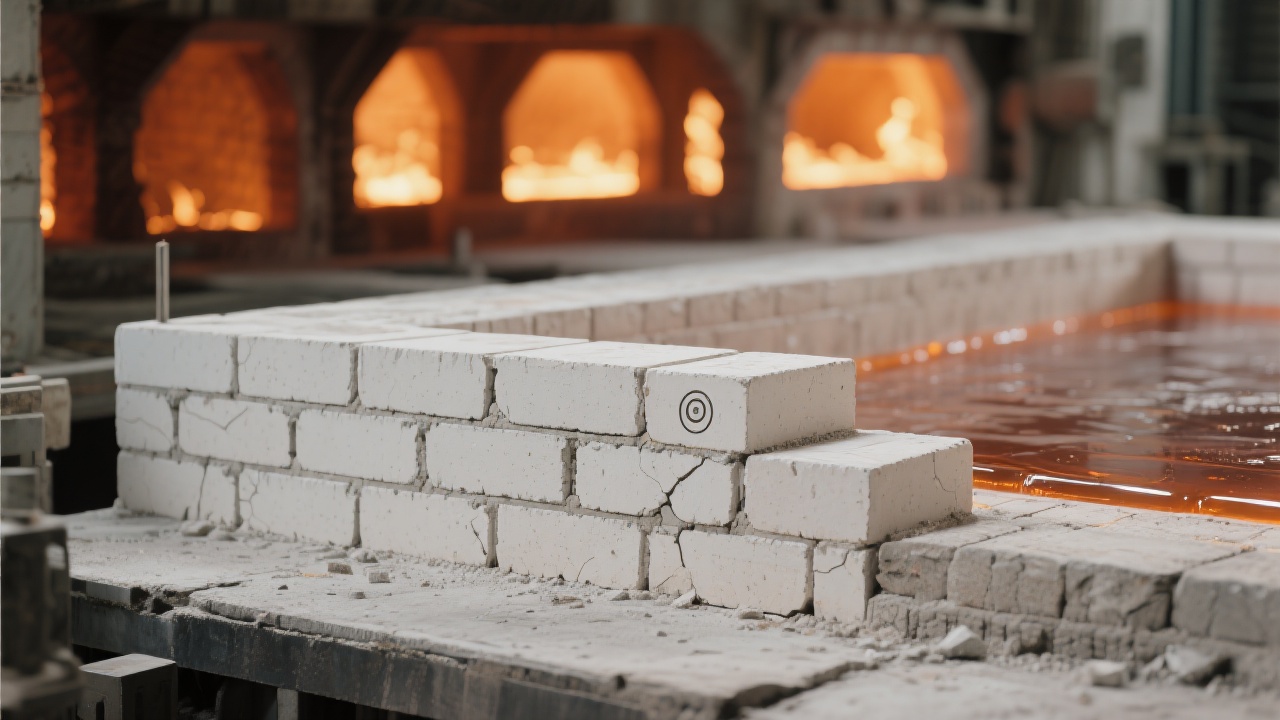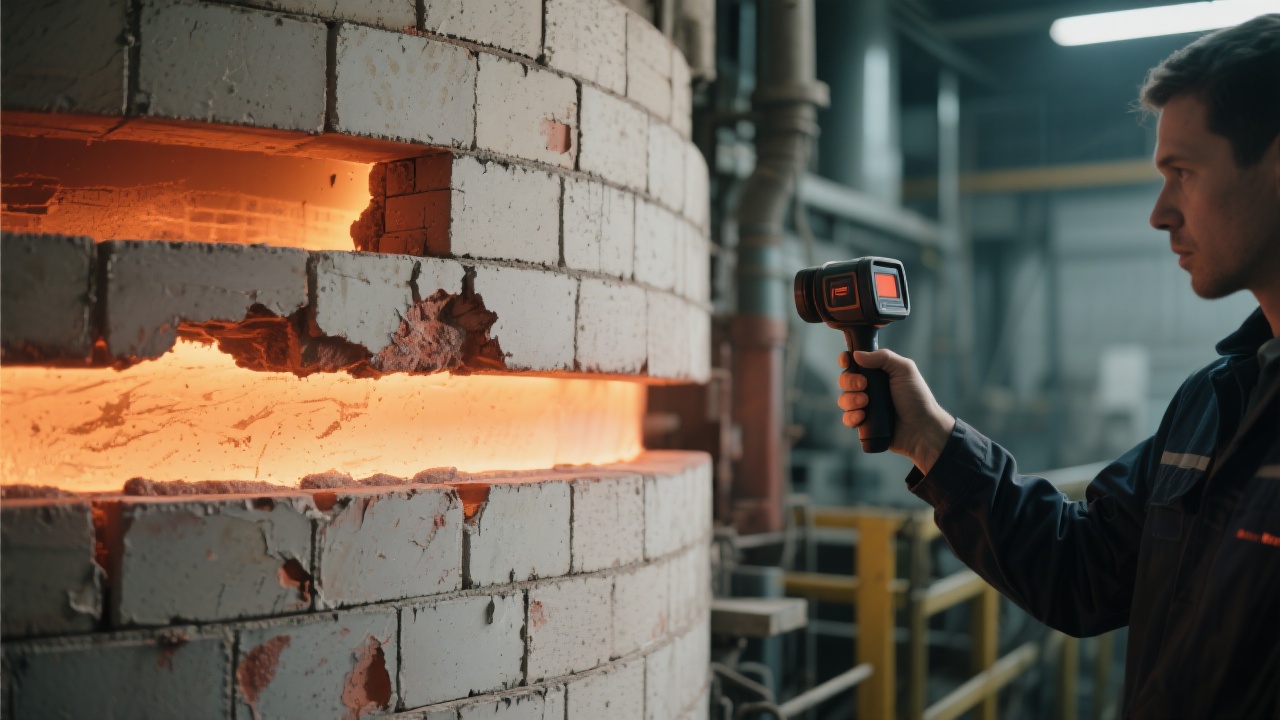
In the glass melting furnace industry, selecting the right refractory materials is crucial for ensuring efficient operation and reducing costs. Fused AZS (Alumina - Zirconia - Silica) blocks have emerged as a popular choice due to their excellent high - temperature wear resistance and chemical corrosion resistance. This article will delve into the relationship between the chemical composition and microstructure of AZS blocks, highlighting the synergistic mechanism of the ternary system at high temperatures.
The Al₂O₃ - ZrO₂ - SiO₂ system in fused AZS blocks is a complex ternary system. The proportion of these three components plays a decisive role in the performance of the block. Generally, a well - balanced ratio of Al₂O₃:ZrO₂:SiO₂ can be around 60%:30%:10% (this ratio may vary depending on specific applications). This "golden ratio" endows the block with a dense and uniform microstructure.

The dense microstructure of AZS blocks is the key to their excellent performance. When exposed to high - temperature environments in glass melting furnaces, this microstructure effectively resists chemical erosion and thermal shock. For example, the zirconia phase can transform under high - temperature stress, absorbing energy and reducing the propagation of cracks, thus enhancing the block's thermal shock resistance.
**Anti - chemical Erosion**: In glass melting furnaces, the molten glass contains various chemical substances that can corrode furnace linings. The high - alumina and zirconia content in AZS blocks forms a stable chemical structure that resists the penetration and corrosion of these substances. Research shows that in a glass melting furnace operating at 1500°C, AZS blocks with a proper composition ratio can reduce the corrosion rate by up to 50% compared to traditional refractory materials.
**Anti - thermal Shock**: Thermal shock is a common problem in glass melting furnaces due to the rapid heating and cooling cycles. The unique microstructure of AZS blocks, with its ability to absorb and dissipate thermal stress, allows it to withstand these cycles without significant damage. A case study of a glass factory in Europe found that after replacing traditional refractory materials with AZS blocks, the frequency of furnace repairs due to thermal shock damage decreased by 40%.
**Wear Resistance**: The high - temperature wear resistance of AZS blocks is mainly due to their hard and dense structure. In the feeding channels and sidewalls of glass melting furnaces, where the flow of molten glass causes significant wear, AZS blocks can maintain their integrity for a long time. Data indicates that the service life of AZS blocks in these areas can be up to 30% longer than that of other refractory materials.
In glass melting furnaces, AZS blocks are widely used in critical areas such as sidewalls and feeding channels. For instance, in a large - scale glass manufacturing plant in Asia, the installation of AZS blocks in the sidewalls of the glass melting furnace reduced the downtime for furnace maintenance by 20% and increased the overall production efficiency by 15%. Another example is the feeding channels of a float glass factory, where AZS blocks effectively resisted the wear and corrosion of the flowing molten glass, ensuring a smooth and continuous production process.

Proper installation and maintenance are essential for maximizing the performance of AZS blocks. During installation, ensure that the blocks are tightly fitted to prevent the penetration of molten glass and hot gases. Regular inspections should be carried out to detect any signs of damage or wear. If necessary, damaged blocks should be replaced promptly to avoid further damage to the furnace lining.

In conclusion, understanding the composition ratio and performance mechanism of fused AZS blocks is crucial for glass melting furnace operators. By choosing the right AZS blocks and following proper installation and maintenance procedures, you can significantly reduce downtime losses, extend the service life of the melting furnace by up to 30% or more, and improve overall production efficiency. If you are facing challenges in selecting refractory materials for your glass melting furnace, click here to learn more about our solutions and get in touch with our experts.

